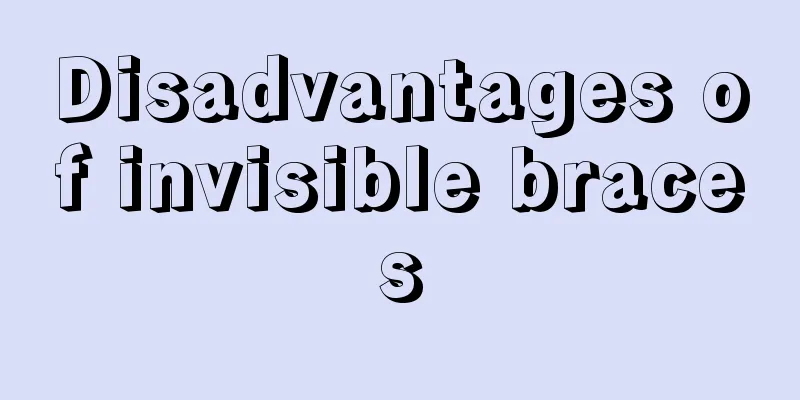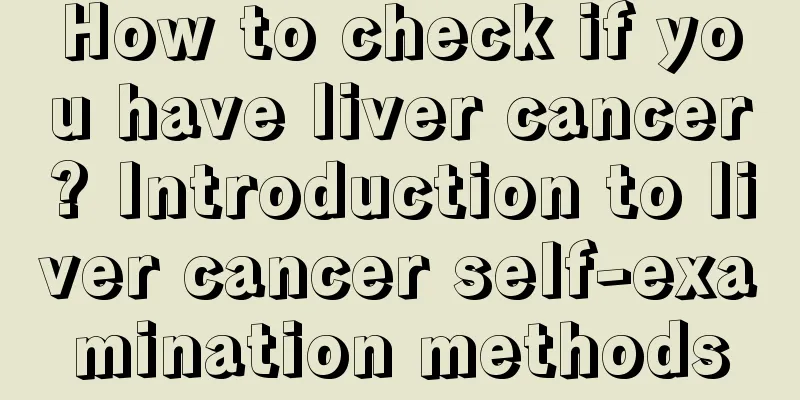What is high blood sugar

|
High blood sugar is a common condition in life, mainly because it mainly occurs in the elderly. Because the elderly’s body functions are relatively fragile, they are prone to gastrointestinal indigestion. Therefore, it is recommended that everyone should understand the care methods for high blood sugar. Whether blood sugar is high or not is when the normal value is below 7.8mmol/L two hours after a meal. It is recommended that everyone pay attention to blood sugar levels. When blood sugar levels are higher than the normal range, it is called hyperglycemia. High blood sugar is also one of the so-called “three highs”. The other "two highs" are hypertension and hyperlipidemia. The normal value of fasting blood sugar is below 6.1mmol/L, and the normal value of blood sugar two hours after a meal is below 7.8mmol/L. If it is higher than this range, it is called hyperglycemia. Under normal circumstances, the human body can ensure the balance between the source and destination of blood sugar through two major regulatory systems: hormone regulation and neural regulation, so that blood sugar is maintained at a certain level. However, under the combined effects of genetic factors (such as family history of diabetes) and environmental factors (such as unreasonable diet, obesity, etc.), the two major regulatory functions are disrupted, resulting in increased blood sugar levels. Causes It is currently believed that the occurrence of hyperglycemia is mainly related to the following mechanisms: .The pancreatic beta cells cannot secrete enough insulin, and the alpha cells secrete too much glucagon. 2. Insulin resistance exists in peripheral tissues including liver, muscle and adipose tissue. 3. Intestinal absorption, intestinal flora and the intestines affect blood sugar control hormones, leading to their abnormalities. 4. The kidneys reabsorb sugar excessively. 5. Abnormal regulation of glucose metabolism by the nervous system. Clinical manifestations Increased blood sugar and urine sugar can trigger osmotic diuresis, causing symptoms of polyuria; increased blood sugar and large amounts of water loss will cause blood osmotic pressure to increase accordingly, and high blood osmotic pressure can stimulate the thirst center of the hypothalamus, causing symptoms of thirst and polydipsia; due to relative or absolute lack of insulin, glucose cannot be utilized in the body, and protein and fat consumption increase, causing fatigue and weight loss; in order to compensate for the lost sugar and maintain body activity, more food is needed; this forms the typical "three more and one less" symptom. The symptoms of polydipsia and polyuria in diabetic patients are directly proportional to the severity of the disease. In addition, it is worth noting that the more the patient eats, the higher the blood sugar, the more sugar is lost in the urine, and the more hungry he feels, ultimately leading to a vicious cycle. "Three mores and one less" is the most common clinical manifestation of diabetes, namely, drinking more, eating more, urinating more and weight loss. However, at present, some diabetic patients in clinical practice have delayed diagnosis because they do not have the typical "three more and one less" symptoms. Some patients with type 2 diabetes do not have obvious symptoms of "three mores and one less". On the one hand, this is because many diabetic patients are found through physical examinations that their blood sugar is only slightly elevated and has not exceeded or only slightly exceeded the renal glucose threshold. The kidneys excrete very little sugar, which is not enough to cause obvious symptoms of "three mores and one less". On the other hand, it is caused by the increased renal glucose threshold of some patients. Under normal circumstances, all glucose is reabsorbed in the kidneys and no sugar is excreted in the urine; if blood sugar rises slightly, the reabsorption value of the renal tubules will increase accordingly; but when blood sugar rises to a certain level, exceeding the maximum reabsorption range of the renal tubules, some glucose will be excreted from the urine, thus forming diabetes. This blood sugar critical value is the renal glucose threshold, and the normal value is 8.8-9.9mmol/L. Kidney disease and some other urinary system diseases will have different degrees of impact on it, and the renal glucose threshold of most elderly patients will also increase accordingly. When the renal glucose threshold increases, the patient will not have diabetes even if the blood sugar is very high. Without diabetes, osmotic diuresis will not be triggered, so there will be no polyuria symptoms; without losing a large amount of water, the plasma osmotic pressure will change less, and the stimulation to the hypothalamic center will be reduced accordingly, so there will be no thirst and polydipsia symptoms; without diabetes, a large amount of sugar will not be lost, so there will be no obvious hunger, and the symptoms of polyphagia will be alleviated; without diabetes, the body's nutrient loss will be reduced, so the degree of weight loss can also be reduced accordingly. As a result, these diabetic patients may eventually avoid the symptoms of "three mores and one less". |
<<: Treatment for early stage high blood sugar
>>: Is high blood sugar scary?
Recommend
What causes the pimples on both sides of the neck?
In real life, pimples on the skin on both sides o...
How much is the total cost of curing skin cancer?
With the changes in our lives now, the incidence ...
Playing with mobile phone at night is harmful, do you still dare to play?
After a busy day, many people only have their own...
Specific method of stir-fried beef tenderloin with green pepper
Stir-fried beef tenderloin with green peppers is ...
How to identify artificial eggs, these aspects will tell you
In everyone's impression, eggs are laid by he...
Effects of Blue Tiger Eye Stone
Many people will place blue tiger eye stone at ho...
What are the early symptoms of colon cancer
Colorectal cancer may be caused by a sedentary li...
What to do if you can't swallow food due to tongue cancer
The most painful thing about having tongue cancer...
Are the white spots on the knees vitiligo?
Are white spots on the knees vitiligo? Vitiligo c...
What are the symptoms of malignant lymphoma?
The symptoms of malignant lymphoma are a hot topi...
Fruit collection for skin tumor diet
The secret to preventing skin tumors is very simp...
Can osteosarcoma kill people in the early stages?
As we all know, osteosarcoma is malignant. Once y...
Rectal tubular adenoma with low-grade intraepithelial neoplasia is extremely harmful
With the popularization of colonoscopy among medi...
What is the reason for chest pain due to stress
If we are under a lot of stress, we may also feel...
Symptoms of rheumatic leg pain?
Many people suffer from rheumatism, which is very...









